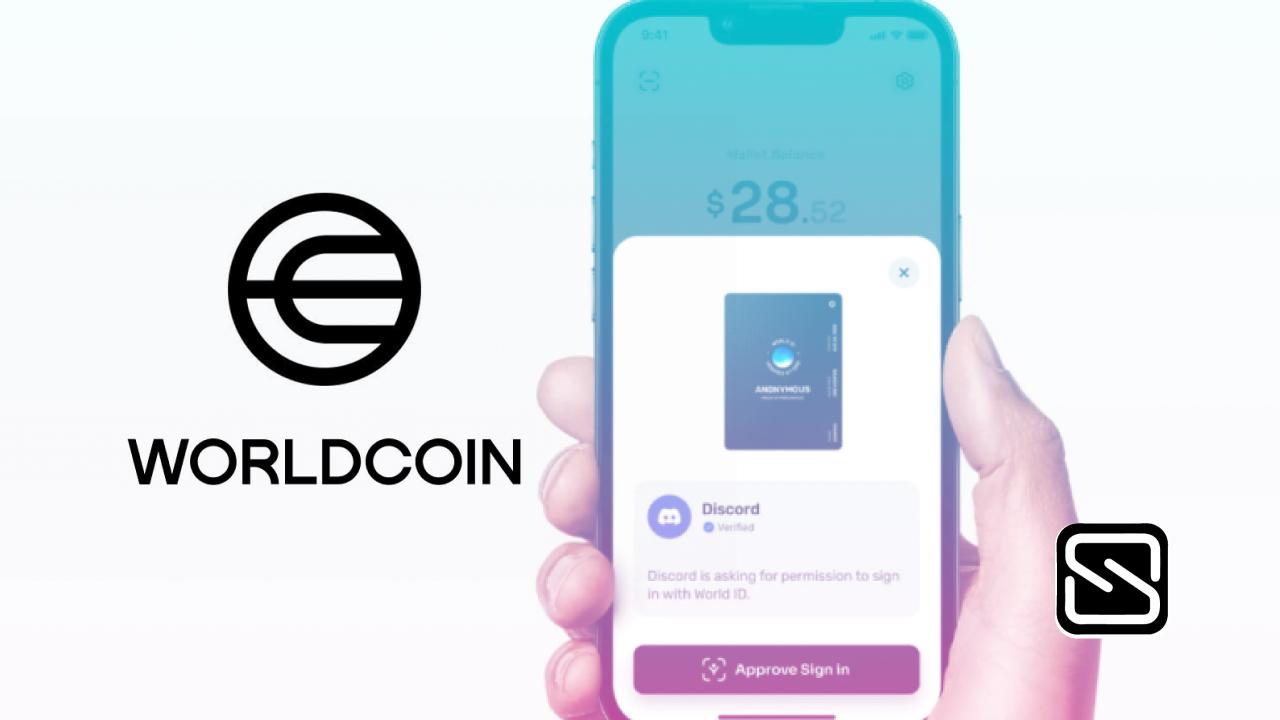Worldcoin CEO Responds To Token Launch Complaints
Crypto traders are criticizing the release of Worldcoin’s token, WLD, due to concerns over the distribution and market-making partners. Worldcoin defends the low float structure, stating that it is necessary to reach billions of people.
By Staff
Crypto veterans are expressing their frustration with the recent release of the WLD token by Worldcoin, a crypto project co-founded by Sam Altman.
The launch of the identity-focused crypto project’s WLD token took place on July 24 and garnered over 2 million sign-ups. However, Worldcoin, its market-making partners, and the exchanges listing WLD have all faced criticism regarding the airdrop process.
Matt Batsinelas, the founder of Glass Markets, raised concerns about the distribution of circulating tokens, claiming that around 95% of them were held by market makers. He argued that market makers, with their short-term incentives, could potentially impact the token’s price negatively compared to long-term stakeholders such as team members and venture capitalists.
Critics are particularly focused on the “low float” structure of the token launch, which they fear may artificially inflate the price initially, only to see it crash later when insiders’ tokens, given to team members and investors, are unlocked.
Worldcoin’s whitepaper stated that the launch would have a maximum of 143 million WLD tokens in circulation, out of a total supply of 10 billion. However, due to infrastructure issues during the opening week, the actual distribution was considerably lower. The whitepaper indicated that 43 million tokens went to verified users, while 100 million were lent to five market makers operating outside the U.S. for a three-month term.
In defense of the WLD rollout, Alex Blania, CEO of Worldcoin’s main developer, Tools for Humanity, acknowledged that they expected criticism over the low float but believed it was necessary to achieve their goal of reaching billions of people. Blania argued that distributing a significant percentage of the circulating supply would be unfair and impractical.
Worldcoin did not respond to requests for comments regarding the WLD launch.
Upon its launch, WLD’s token valuation surged to $28 billion but has since fallen to $23 billion. The token’s price started at over $3 but dropped below $2 after a day of trading, currently resting at $2.30 according to CoinGecko.
Concerns were also raised about the role of market makers, who provide liquidity for trading new tokens. Some critics expressed displeasure at the token launch, arguing that market makers, exchanges, and venture capitalists should be held accountable for their actions. They believed that the launch strategy was short-sighted and unethical.
After three months, Worldcoin’s market-making partners are required to either repay the WLD loans or purchase the tokens at a predetermined price, according to the project’s whitepaper.
Batsinelas claimed that market makers received WLD token options with a buyback clause, incentivizing them to maintain a high token price at launch. He argued that this low float and high fully diluted valuation created a misalignment between the project, retail participants, and market makers.
Blania, however, refuted the idea that market makers were incentivized to maintain a certain price for WLD and stated that the contracts with market-making partners were made public. He explained that the foundation aimed to provide short-term liquidity to prevent extreme price spikes and crashes, a phenomenon seen historically with many projects.
Ultimately, the goal at launch was to have market makers dampen large spikes in interest, according to Blania.
